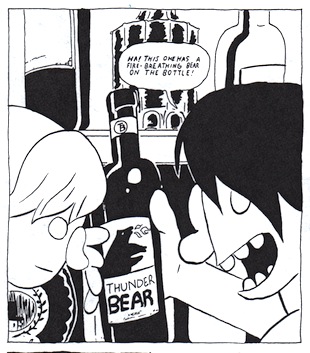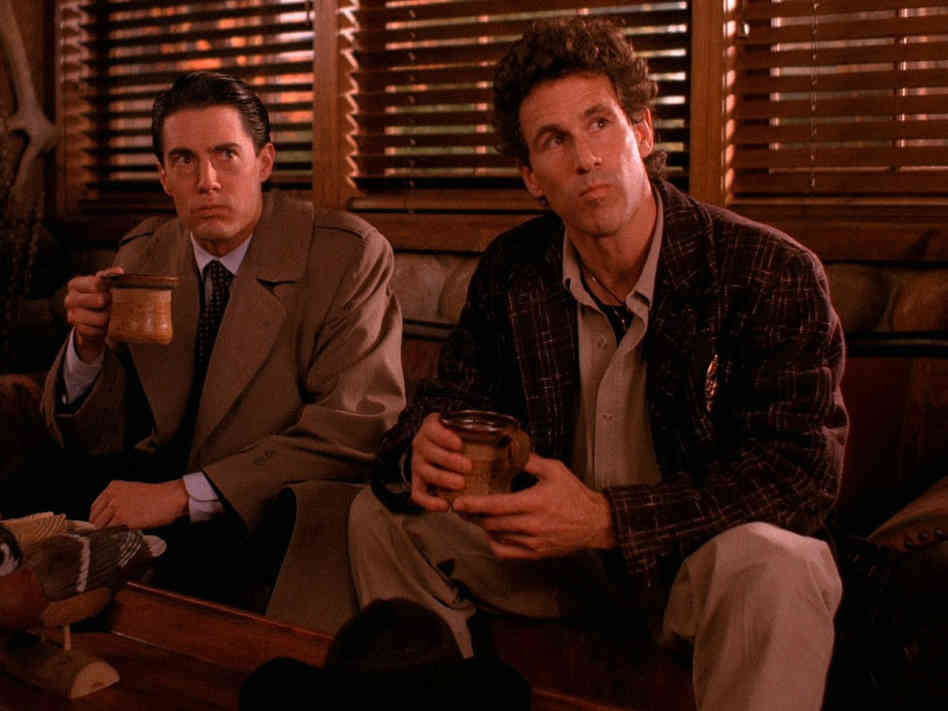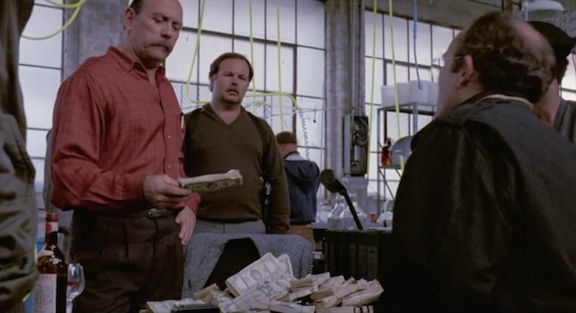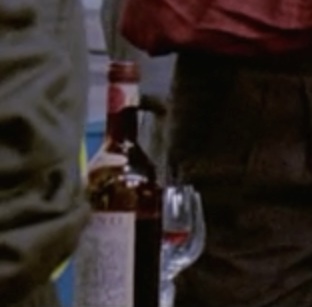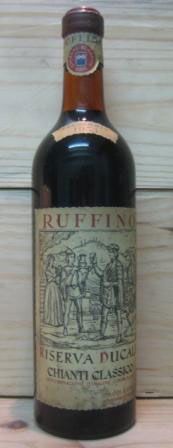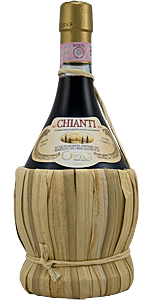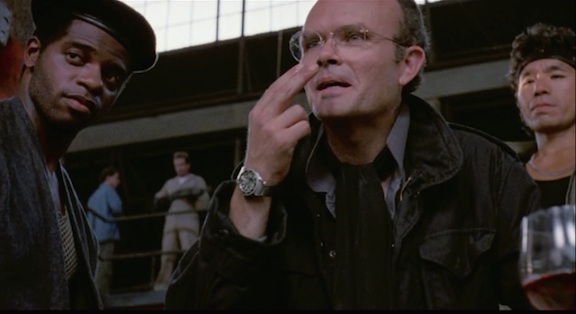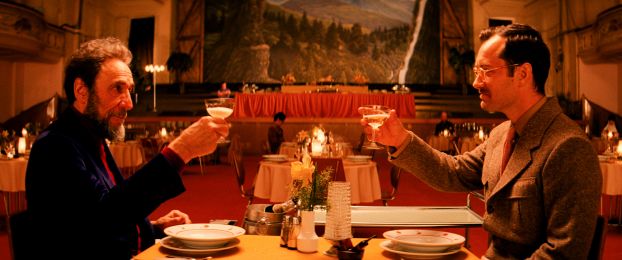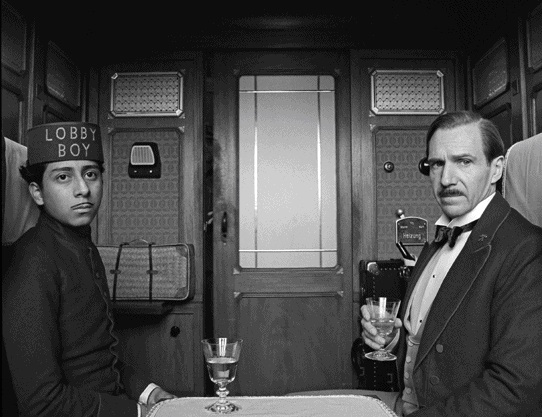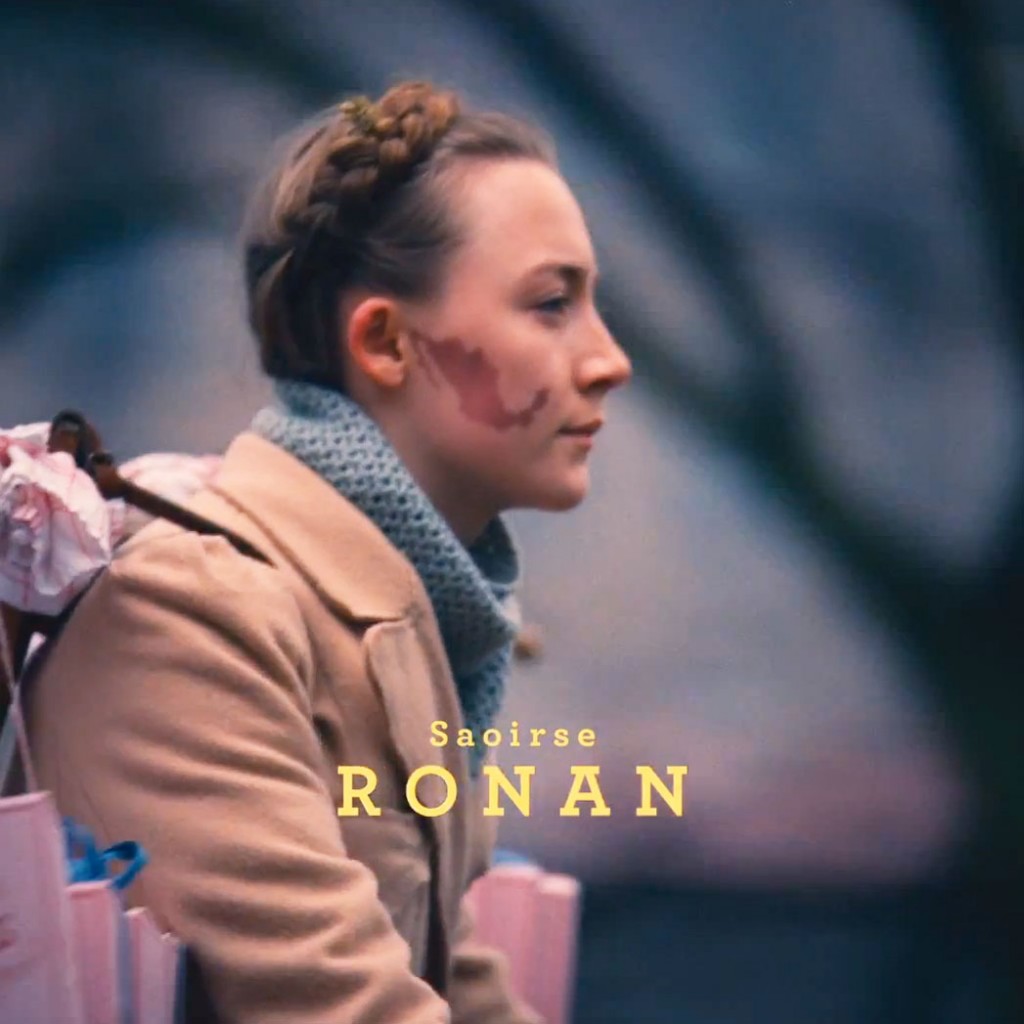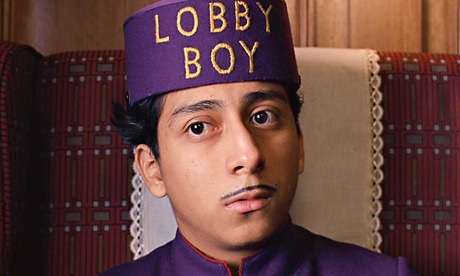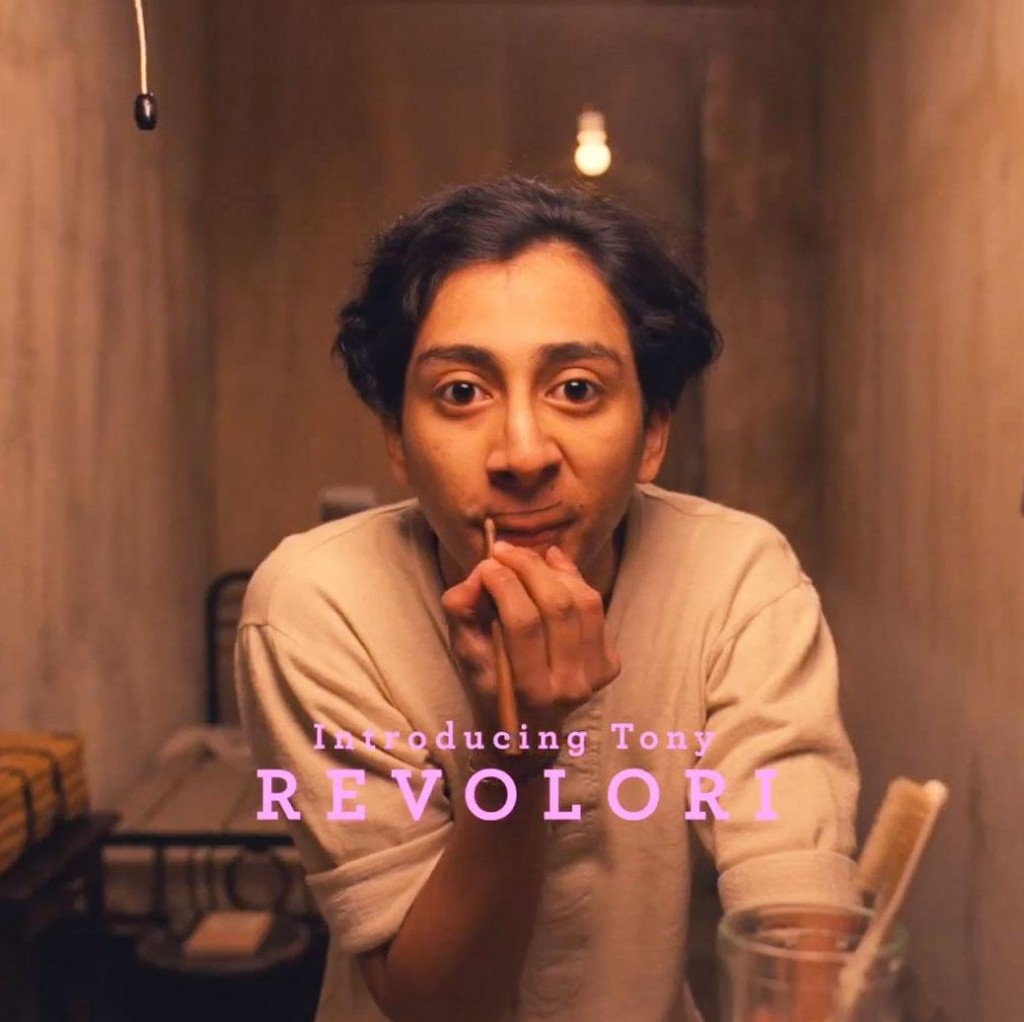This post is part of the series, What Were They Drinking?!, and was originally posted on The Nightly Glass. Part two will post next week.
Most stories feature wine as a prop, and little more. A bottle of wine indicates that this is that kind of dinner party, that kind of restaurant, or that kind of aristocrat or bohemian. A film audience can distinguish whether its white or red, sparkling or still, but that’s about it. Less commonly, there are books and films and songs which concern wine, like Sideways. A middle ground is rarer still, where wine becomes a nearly silent device with which the characters work out their desires and conflicts, without traveling to a vineyard, or making stirring monologues about Pinot Noir. Few book, screen and song-writers realize that a character’s glass of wine reveals as much about them as a dog-eared copy of The Sun Also Rises, or a Ramones poster.
Steve Martin seems to understand this. Wine threads through both the novella and film formats of Shopgirl. Wine drinking is also one of the few ways the two versions meaningfully depart from each other. Both tell the story of a Mirabelle, a shy, waifish art school graduate who works in the neglected glove department of a luxury department store. Mirabelle struggles to meaningfully connect with people, and is medicated for depression. When courted by a wealthy, well-meaning divorcee, she waylays her uncertainty for hopes of a lasting relationship. The divorcee turns out to be as emotionally limited as the mistress-like role he proscribes for Mirabelle, who leaves him, takes control of her life, and happily gets together with Jeremy, the lost-soul from the b-plot. Everyone “grows up” and self-actualizes. Claire Danes plays Mirabelle, Jason Schwartzman plays Jeremy, and the divorcee, Ray Porter, is played by author, screenwriter and director Steve Martin. In both versions, an omniscient voice, (again, Steve Martin,) narrates the characters’ internal dramas with tender, if patronizing, candor.
©Touchstone Pictures, 2005
Mirabelle eagerly drinks wine in the book. She abstains in the film. In the book’s first date, Ray is attracted to Mirabelle’s desire to learn about wine, and audibly orders a Barolo. In the film, they crack a joke—“Red wine?” “What shade?” “Maroon.” “Bring me a maroon wine.” While unfinished glasses pile up on the film’s tables and bed-stands, Mirabelle never visibly puts a glass to her lips, and turns down all spoken offers of wine. Meanwhile, wine becomes inseparable from Ray. It codes him as a member of the cool, collected elite, sipping away on his private jet. (In fact, that shot zooms in on the glass, just to be clear.) He drinks wine alone, eating Chinese food, and while wistfully overlooking the Los Angeles skyline. He snubs the old wine Mirabelle offers him from her fridge. Even the close up as he pours water resembles the glamour shot on a box of Franzia. Yet the one instance where he gets sloppily drunk with another woman, and then tries to honorably correct the situation, is not included in the film. Film-Ray is always controlled and sophisticated, yet never quite gallant.
©Touchstone Pictures, 2005
Along these lines, the film cuts Ray’s internal monologues. Fewer voice-overs make for better films, yet the baby is thrown out with bathwater, and the removal of Ray’s vulnerabilities reduces him to a sex driven automaton, only human when regretting the loss of Mirabelle ‘too late.’ Their closing dialogue might have been copied from the book, but the film’s melodrama is a new addition, where Ray appears as a lost and lonely man, watching Mirabelle and Jeremy triumphantly, (theatrically!) embrace under a shower of flower petals. In the book, Mirabelle and Ray’s intimacy remains intact, if dormant, and their parting appears less tragic for Ray.

©Touchstone Pictures, 2005
If a glass of wine paints Ray as a sophisticated aristocrat deserving of punishment, it plays into the Madonna-whore complex for women. Sipping wine, Mirabelle reveals that she is tempted to be worldly. Eagerly drinking it would signal that she succumbs. Refusing wine, she appears virtuous and innocent. Mirabelle obviously drinks wine through the story, but the audience only watches her resist it. Wine is something that brings Ray and Mirabelle together in the book, but separates them on film. Part of the problem is that a filmed glass of wine triggers the memory of all the glasses of wine poured in movies before it, and who tended to drink them—mostly wealthy villains. By participating in the popular iconography of wine as a dangerous class luxury, a connotation developed over centuries in popular film, theatre and illustrated pulp literature, the film Shopgirl plays into the classic Hollywood dichotomies of good versus evil, rural versus urban, honesty versus sophistication, and alcohol versus temperance, which were largely absent in the book.
For example, Shopgirl’s storyline doesn’t seem so far from D W Griffith’s 1920 re-creation of a typical nineteenth century theatrical, “Way Down East,” where lustful aristocrat Lennox lures country girl Anna into an out-of-wedlock arrangement, and destroys her honor. Cast out of society, she is nearly about to perish on an ice floe when the young, noble farmboy David comes to her rescue and marries her. Mirabelle’s reputation never suffers, (although, it would be interesting to see how Jeremy and her parents would react,) yet Way Down East’s subtitles eerily mirror Martin’s writing in a number of places. Mirabelle wants to be in a committed, monogamous relationship with Ray. He fails her and leads her on, causing her much heart-ache, and contributing to a paralyzing depression. Way Down East begins,
“Today Woman brought up from childhood to expect ONE CONSTANT MATE possibly suffers more than at any point in the history of mankind, because not yet has the man-animal reached his high standards`– except perhaps in theory..”
Suddenly, Mirabelle and Jeremy’s almost nonsensical exchange toward the end of the film makes sense:
Mirabelle: “Jeremy—So what made you do all this?”
Jeremy: “All this what?”
M: “All this… success?”
J: (beat) “Well, you did.”
M: “I did? How?”
J: “Well you said, ‘Just do it.’ So I did it.”
M: “Well, that’s not very much.”
J: “Yeah, but I’ll protect you.”
They embrace and Mirabelle begins to cry.
On its own, “I’ll protect you” seems like a bizarre non-sequitur. But it flows from the heart of this relationship—Anna/Mirabelle inspires David/Jeremy, who offers his devotion and protection from the corrupted influences that seek her. This is the classic romantic model of centuries of British and American melodrama, a narrative mode that partly developed to address (and sensationalize) the changes and social ills that came with industrialization—poverty, urbanization, race, youth culture, women and child abuse, and alcoholism being prevalent themes. Temperance movies comprised an entire genre of early film, and politicians and activists drew on melodramatic tropes to convince voters to ban alcohol state by state. Melodramatic visuals, like families cowering beneath violent, drunk husbands, contributed greatly to the passing of prohibition. Temperance activists cast alcohol as an evil of the city—conveniently, immigrants concentrated in urban areas, and tended to defend balanced consumption as a part of daily life. Alcohol thus became enveloped in a race war, and the enemy of the honest, American, white male hero. These tropes did not die, but engendered the formulas, frameworks and narratives at the heart of current politics and film-making. It is not easy to imagine Superman drinking wine, (although he only insists “he doesn’t drink when he’s flying.”) And between Betty and Veronica, the future wine drinker is an obvious choice. It doesn’t make Veronica evil, but it lines up with her frivolous, stuck up, aggressive nature.
Wine drinking, portrayed in Shopgirl as an aristocratic tendency, seems to have no part in Mirabelle’s life after Ray. Mirabelle collects herself in her parent’s rural Vermont home, and drinks a beer after the break-up. Wine, constantly associated with Ray’s appetite, becomes conflated with exploitation. Judging by the wines mentioned and featured, Martin may be a connoisseur, but as a director, he failed to reverse the negative connotations carried by a glass of wine in a rich man’s hand. Combined with the physical bodies of the actors, ceaselessly articulating their age difference, largely understood to be inappropriate, the film sets a moral battle where there had been mutualism and humanity in the text.
©Touchstone Pictures, 2005









